The animated film adaptation of a beloved childhood classic, “The Phantom Tollbooth”, deserves more than to simply be lost to time.
Despite its source material’s status as a kid-lit classic, the 1970’s mostly-animated adaptation of Norton Juster’s The Phantom Tollbooth is little remembered today.
Co-directed by animation legends Chuck Jones and Abe Levitow with live-action segments by Dave Monahan, it was met with mixed reviews and underperformed at the box office, all but dooming Jones’s future in feature animation just as it began.
With such a promising start, how did a movie based on a beloved book co-helmed by one of the greatest animators of all time end up consigned to the dustbin of film history?
Jones had already had a long career in animation before being tapped for Tollbooth. He’d begun making cartoons for Warner Brothers in the 1930s, directing hundreds of classic Looney Tunes shorts alongside fellow legends like Tex Avery, Friz Freleng, and Bob Clampett, weathering the WWII years by making instructional shorts for the military.
He arguably hit his peak in the 1950s, directing such all-time classics as 1950’s “Rabbit of Seville,” 1952’s “Rabbit Seasoning,” and 1957’s “What’s Opera, Doc?” — the latter considered by many in the business to be the greatest cartoon ever made.
His films were nominated for the Academy Award for Best Animated Short three times, winning once for his adaptation of another Juster story, “The Dot and the Line,” in 1965.
With that kind of pedigree, a transition to feature film must have seemed like a given. But alas, it was not to be.
The Phantom Tollbooth stands as Jones’s only foray into feature-length storytelling.
When his time with Warner Brothers ended in 1962, he was quickly snatched up by MGM and hired to direct a new series of Tom and Jerry shorts. Around this time, he made arguably his most beloved project, 1966’s animated adaptation of How the Grinch Stole Christmas, which every human on Earth has likely seen countless times. He followed this up in 1970 with another Seuss adaptation, the also-beloved though slightly less ubiquitous Horton Hears a Who.
MGM had picked up the rights to The Phantom Tollbooth back in 1966, and with his success and previous collaboration with the author, Jones must have been a pretty obvious choice to helm the film.
Production began quickly, but money problems at MGM meant it wouldn’t see release for four years. When it finally hit theaters, MGM chose to screen it in kid-centric matinees; it failed to make back its $2 million budget (just under 20 million in 2023 dollars) and was met with a range of reviews from enthusiastic to befuddled.
Juster had no involvement in the film, later saying he hated it, and seeing any positive reviews made him enraged.
What probably seemed like a slam dunk on paper landed with a thud and seemingly hasn’t been reappraised in more recent decades, even with Jones’s legacy as an OG animation icon.
For those who somehow missed reading the book as a kid, The Phantom Tollbooth tells the tale of a young boy named Milo (played by Eddie Munster himself, Butch Patrick), who’s honestly kind of a drag.
He’s a solitary kid, bored by everything, with the kind of over-it attitude found in middle-aged people. But one day, while on the phone with his equally-bummer friend Ralph, a mysterious giant box appears in his bedroom, wrapped in a red ribbon.
Upon inspection, the box opens to form the titular tollbooth, promising a respite from his crushing boredom.
With no better options for the afternoon, Milo half-heartedly leaves his humdrum live-action existence and heads into the animated world of the Kingdom of Wisdom and Lands Beyond; a world turned upside-down when the princesses Rhyme and Reason were captured, held prisoner in the imposing Mountains of Ignorance.
Milo sets out to rescue the princesses and restore order, aided by a “watchdog” (aka a talking dog with an alarm clock in its fur) named Tock, encountering a host of bizarre characters along the way, including some who seem determined to waste as much of his time as possible.
So, does THE PHANTOM TOLLBOOTH animated movie deserve to be forgotten? From my perspective, that’s a big fat No. Click To TweetWhile sometimes a bit clunky in its episodic storytelling, the film is a wonderful showcase of Jones and his longtime collaborator Levitow’s animation wizardry, a riotous mashup of styles and techniques that marries old-school character animation with an experimental side that gets downright psychedelic at times.
In conceptualizing the fantasy world of the Kingdom of Wisdom and Lands Beyond, Jones and Levitow pull from the impossible landscapes of Surrealism, with winding roads stretching into infinity.
Sometimes, they forego the figurative altogether, creating abstract washes of color and shape that harken back to the geometric design of “The Dot and the Line.” One character, The Awful Dynne, is a sentient whirlwind of noise rendered as a smear of finger paint.
Jones and Levitow bring the full force of their artistry, never content to settle into the same style for long, rendering each world as something distinct.
Dictionopolis, the Kingdom of Words, is a marvel of graphic design, with its typographic structures and letters ripening on trees.
The animation, while occasionally looking a little budgetarily stretched, has all the charm of classic Jones cartoons, with expressive character designs and an eye for movement and fluidity; you can watch how the Doldrums residents the Lethargians melt through Milo’s hands or how Tock digs through his fur to find his ringing alarm clock and marvel at how it was all done by hand.
There’s plenty to like, even beyond the visuals.
Along with Patrick and Larry Thor as Tock, a host of midcentury voice actors like the late, great June Foray and the “man of a thousand voices” himself, Mel Blanc — who voiced pretty much every Looney Tunes character — appears in multiple roles.
The songs by Lee Pockriss and Norman Gimbel (with lyrics from Paul Vance on a couple of tracks), while maybe not all-time classics, are playful and inventive, with “Time is a Gift” mimicking the relentless ticking of a clock and “Don’t Say There’s Nothing to Do in the Doldrums” using tape manipulation to suggest its setting’s molasses-sticky pull. From the animation to the voices to the music, nobody really phoned it in here.
That all begs the question: why didn’t The Phantom Tollbooth resonate with audiences?
The story has a great message, one that champions the pursuit of knowledge, imagination, and truth in the face of ignorance and apathy, and the lesson to use your time wisely and not get bogged down in trivialities.
So why isn’t the film as beloved as the novel?
The cynical part of me wants to say that it’s because kids don’t like being reminded that learning is essential, but I don’t really think that’s the reason anyway. My hunch is that it had less to do with the kids and more with the parents who took them to the movies.
The Phantom Tollbooth doesn’t have the rosiest view of adult life or authority figures, most of whom toil away at meaningless tasks and dig in their heels toward their prejudices.
On his journey, Milo encounters two squabbling kings who would rather choose conflict with each other in order to maintain their sense of self-superiority than harmony and compromise and pointless bureaucracy that seems to serve no purpose other than to slow things down.
The story’s “law and order” character, Officer Short Shrift, wheels around shouting “guilty!” and arresting people for any infraction he can think of, handing down absurdly harsh sentences.
And that’s not to mention the monstrous creatures who want nothing more than to sap Milo of his intellect and imagination, their influence in our daily lives all too real.
I can see a world where adults wouldn’t want to be reminded of the drudgery of their lives, and kids wouldn’t want to get a glimpse of the future that inevitably awaits them.
Most of life is toil and unpleasantness, Juster seems to say, and our only hope is to cling to our curiosity and imagination as our lives depend on it. Part of coming of age is facing the meaninglessness of existence and trying your best to maintain your spirit.
For all its whimsical trappings, that might have been a tough pill to swallow.
To read it in a book is one thing, but to be confronted with it at the movie theater is another thing entirely.
After Tollbooth’s failure, MGM closed its animation department, and Jones founded his own studio, but he never quite reached the success of his earlier career again. His output slowed considerably, returning to Warner Brothers for a few years in the 70s and making sporadic shorts through the 80s and 90s, notably directing the Bugs and Daffy segments from Joe Dante’s Gremlins 2: The New Batch, a film greatly indebted to the style he pioneered.
He completed his last Looney Tunes short, “From Hare to Eternity,” in 1997 and passed away in 2002.
Levitow was attached to direct another childhood-scarring film, 1977’s Raggedy Ann & Andy: A Musical Adventure, but sadly died of a bone tumor in 1975 before the film’s completion.
In spite of its lack of box office success, Jones, Levitow, and Monahan’s film is a worthy adaptation that deserves to be seen by lovers of animation, whatever age they may be. The larger budget and expansive scope allowed the filmmakers to experiment, creating an unpredictable world that’s as intriguingly strange as its source material.
So the next time you find yourself like Milo, bored and fed up with the same old thing, pay the toll and head on through.


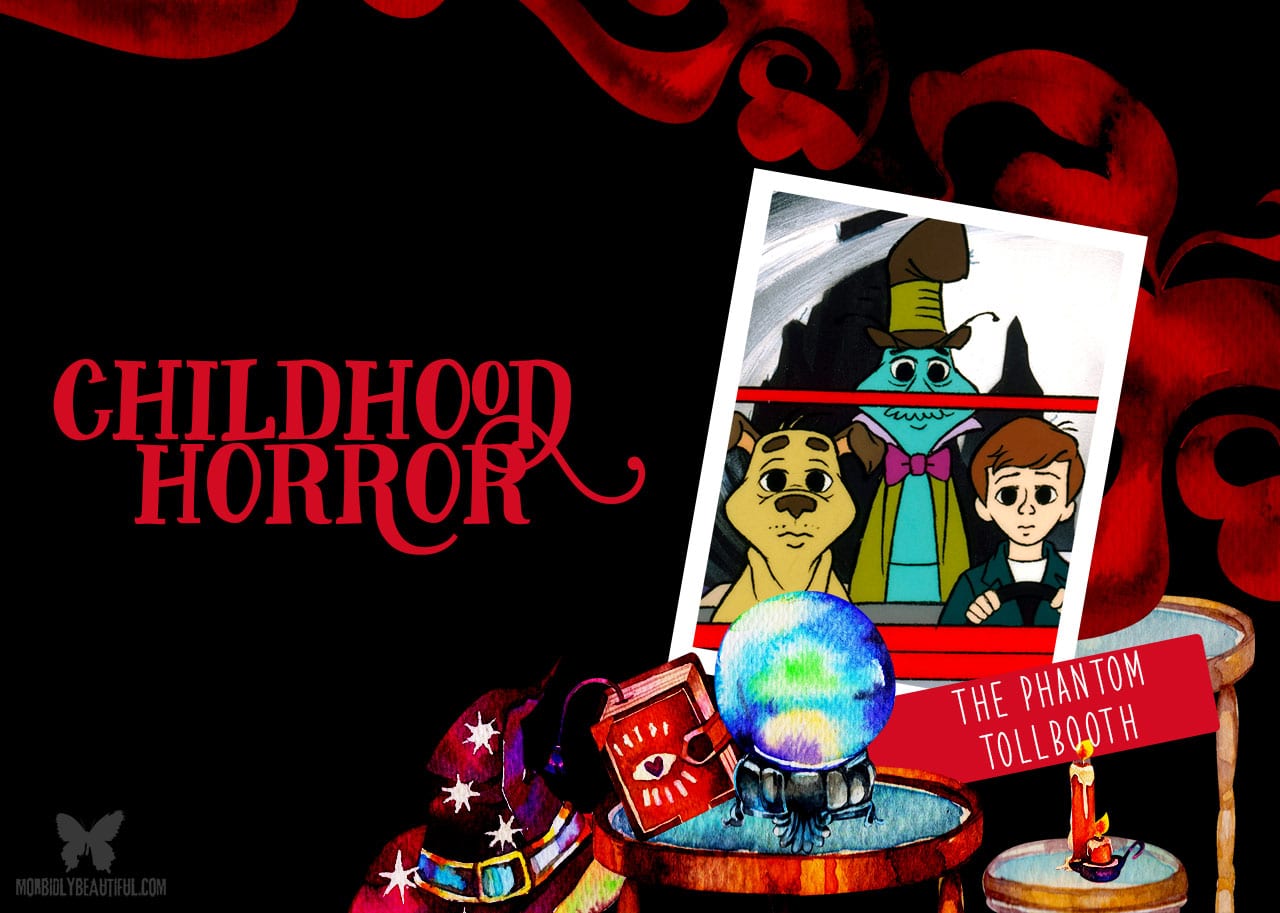

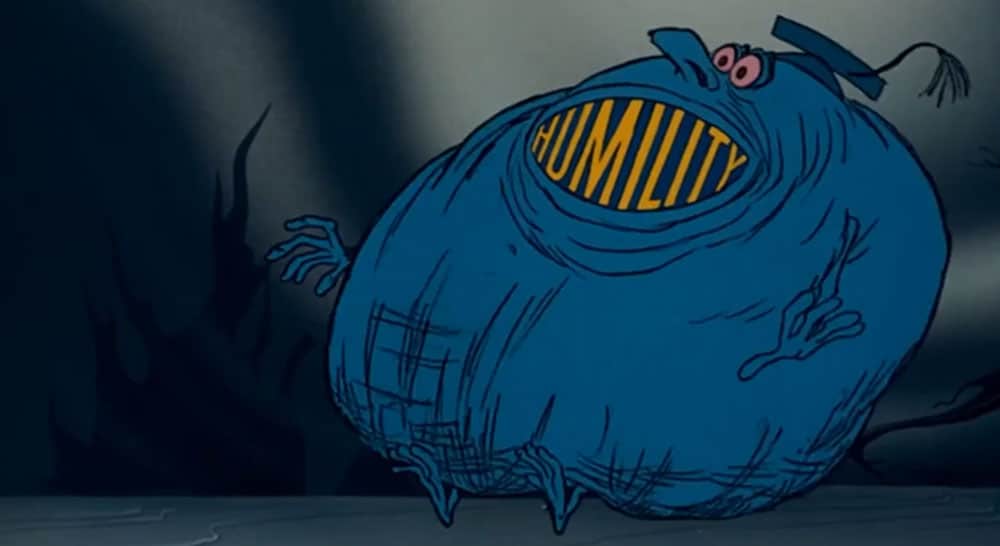
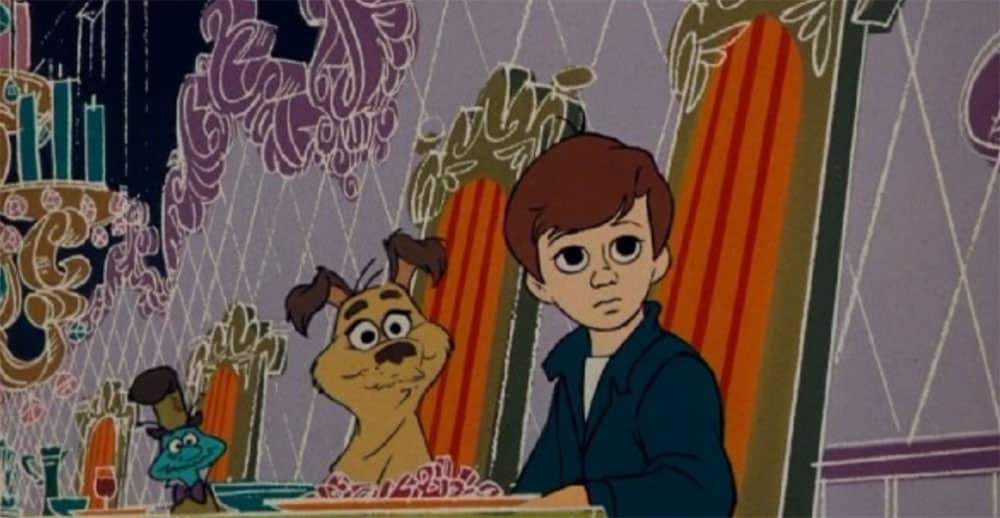
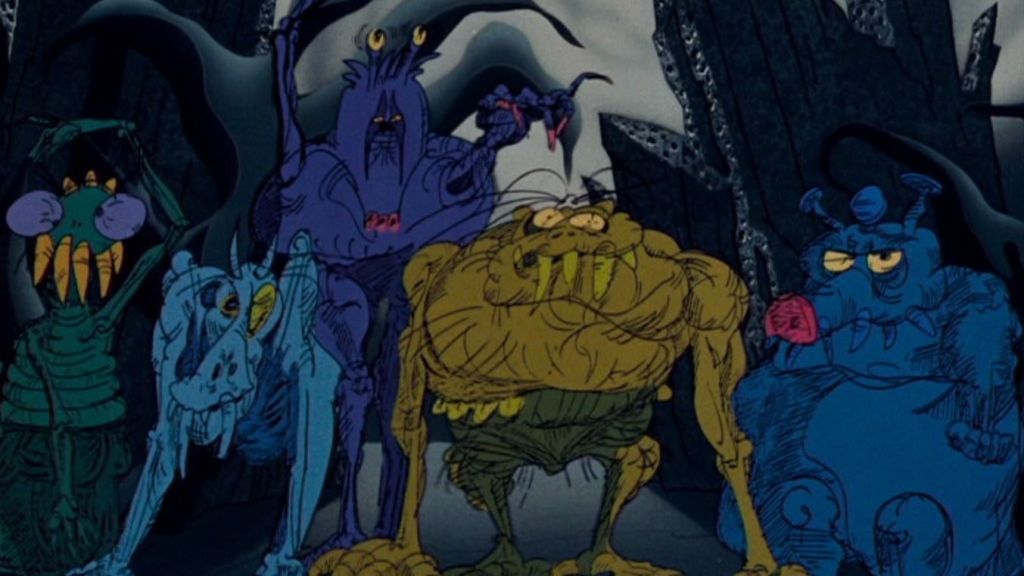
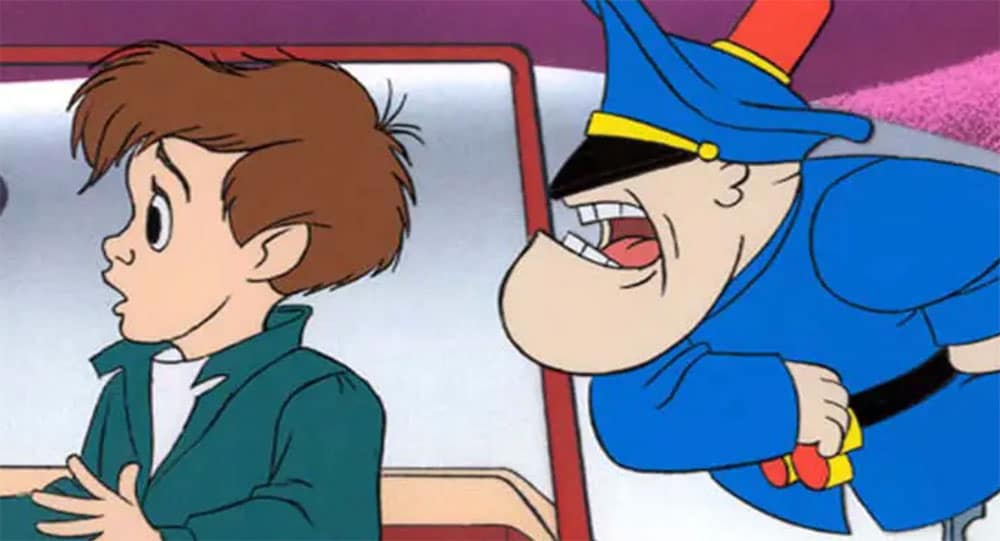
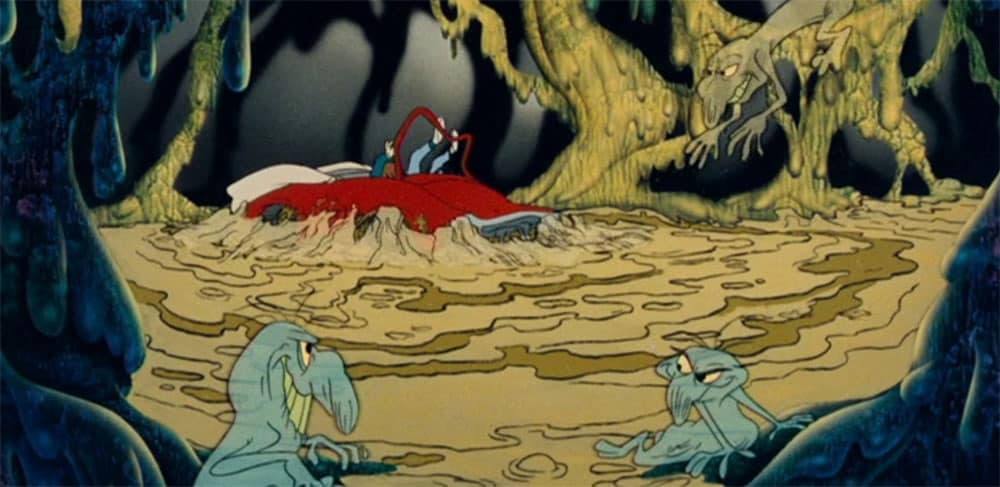
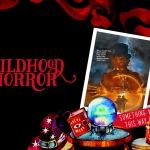

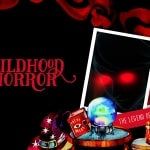
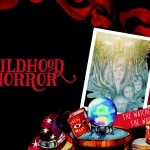







Follow Us!